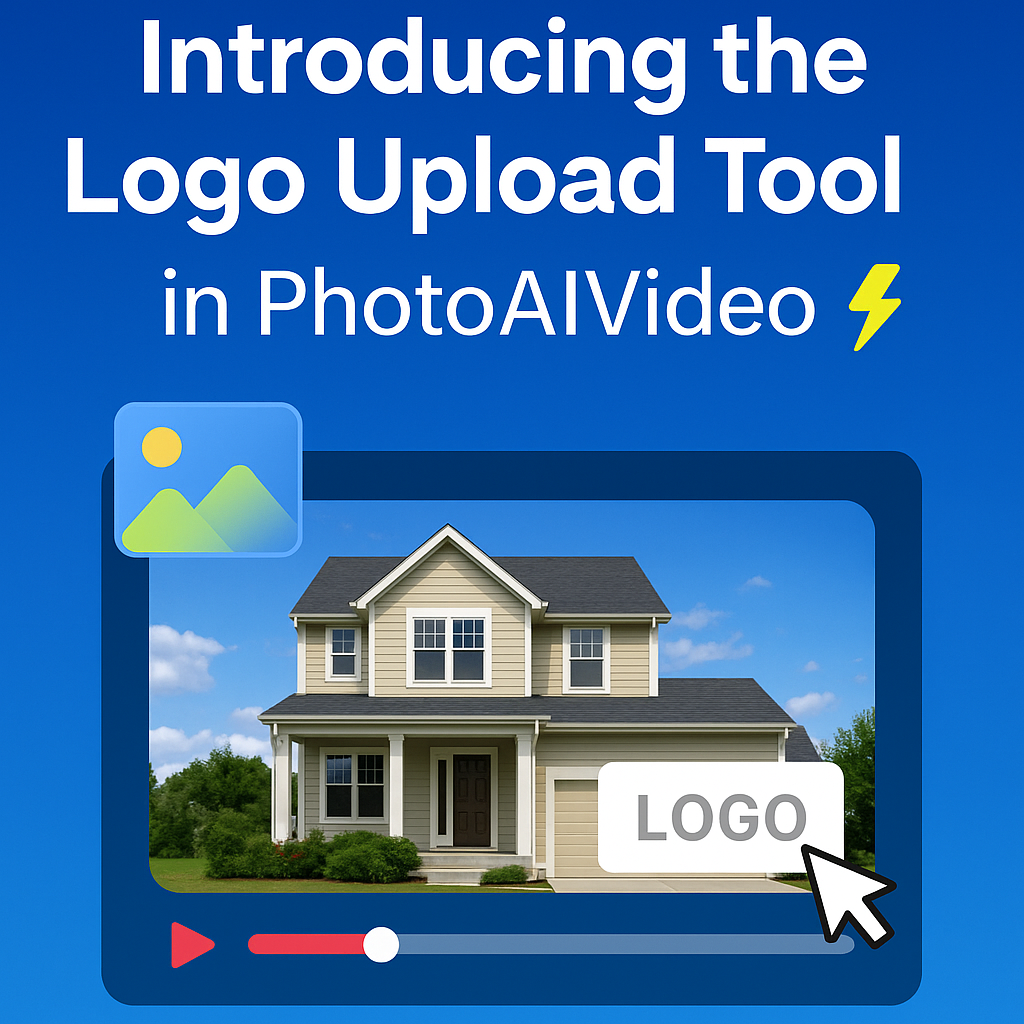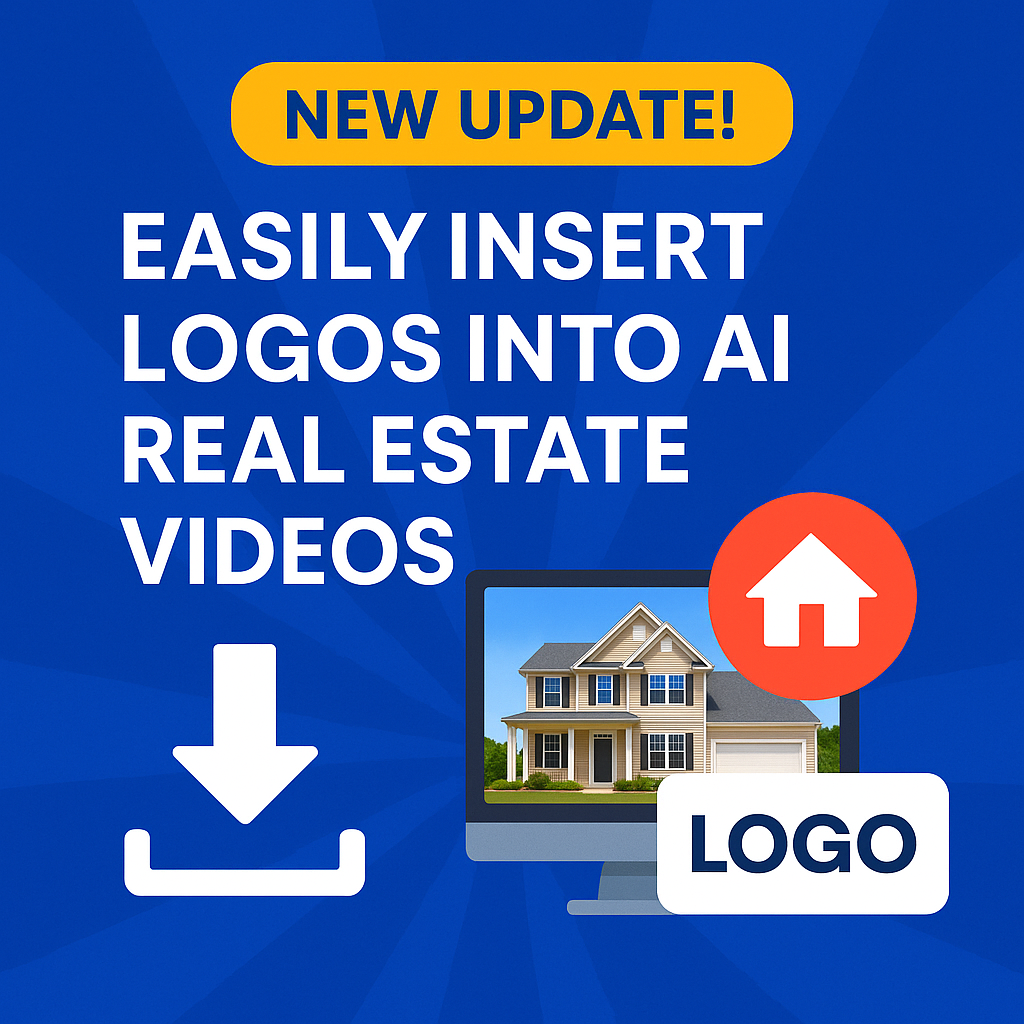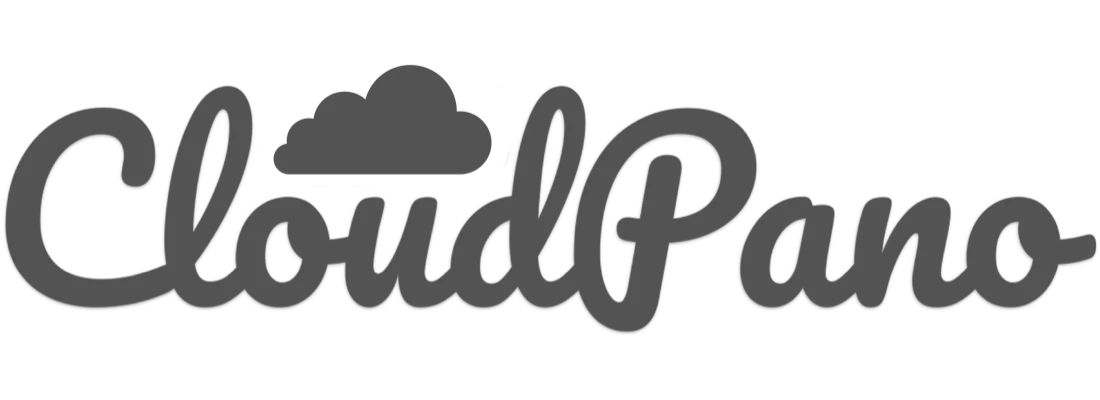In today's fast-paced restoration industry, getting accurate estimates quickly is key to staying competitive. Restoration estimation and sketch outsourcing can help businesses streamline their processes, reduce costs, and improve overall efficiency. By leveraging expert knowledge and technology, restoration companies can focus on what they do best while leaving the estimating to the pros. Let's explore how outsourcing these services can maximize your efficiency and enhance your workflow.
Key Takeaways
- Outsourcing restoration estimation allows access to specialized expertise, ensuring accurate and timely estimates.
- Using software like Xactimate streamlines the estimating process and integrates with other tools for better efficiency.
- Outsourcing can save costs by reducing the need for in-house estimating teams, which helps with budget management.
- Professional estimators help avoid common mistakes that can lead to costly errors in estimates.
- Clear communication and documentation are vital for minimizing disputes and improving collaboration among all project stakeholders.
Understanding Restoration Estimation and Sketch Outsourcing

Defining Restoration Estimation
Restoration estimation is the process of determining the costs associated with returning a damaged property to its pre-loss condition. It's more than just throwing numbers at a problem; it's about understanding the scope of work, materials needed, and labor involved. A good estimate is detailed, accurate, and accounts for all aspects of the restoration project. It's the foundation upon which the entire project is built, influencing everything from budget management to client satisfaction. It's important to remember that an estimate is not a guess; it's a carefully calculated projection based on experience and industry knowledge. For example, using a floor plan scanner can help create accurate measurements for the estimate.
Importance of Accurate Sketches
Accurate sketches are absolutely vital in the restoration process. They provide a visual representation of the damaged area, helping estimators, contractors, and insurance adjusters understand the extent of the damage. A detailed sketch can prevent misunderstandings and disputes later on. Think of it as a blueprint for the restoration work. Without a clear sketch, it's easy to miss important details, leading to inaccurate estimates and potential cost overruns.
Here's why sketches matter:
- Visual Communication: Sketches communicate the scope of damage more effectively than words alone.
- Accurate Measurements: They provide a basis for calculating material quantities and labor costs.
- Documentation: Sketches serve as a record of the damage before restoration begins.
A good sketch includes dimensions, materials, and any unique features of the damaged area. It should be clear, concise, and easy to understand.
Benefits of Outsourcing Estimation
Outsourcing estimation services can bring a lot of advantages to restoration companies. It's like having an extra team of experts without the overhead costs. Here are some of the benefits:
- Access to Specialized Skills: Outsourcing gives you access to estimators with specific knowledge and experience in restoration projects. They know the ins and outs of the industry and can provide more accurate estimates.
- Cost Savings: You can reduce costs by avoiding the expense of hiring and training in-house estimators. Plus, you only pay for the services you need, when you need them.
- Increased Efficiency: Outsourcing can free up your internal team to focus on other important tasks, such as project management and client communication. This can lead to faster turnaround times and improved overall efficiency.
Outsourcing Xactimate estimating can be a game-changer for restoration businesses looking to streamline their operations and improve their bottom line.
Key Advantages of Outsourcing Estimation Services

Outsourcing estimation services can really change how restoration companies operate. It's not just about saving a few bucks; it's about getting better, faster, and more reliable estimates. Let's look at some of the big wins you get when you decide to outsource.
Access to Expert Knowledge
When you outsource, you're tapping into a pool of specialized knowledge that might be hard to find or afford in-house. These experts are up-to-date on the latest industry standards, pricing, and software, like virtual staging AI software. They can catch things that a generalist might miss, leading to more accurate and complete estimates. It's like having a team of consultants on demand, without the overhead of full-time employees.
Cost Efficiency and Savings
One of the most obvious benefits is the potential for cost savings. Instead of paying salaries, benefits, and training costs for an in-house estimation team, you only pay for the services you need, when you need them. This can free up capital for other important areas of your business, like marketing or investing in new equipment. Plus, you avoid the costs associated with errors and omissions, which can be significant.
Scalability for Growing Businesses
Outsourcing gives you the flexibility to scale your estimation capacity up or down as needed. If you suddenly land a huge project, you can quickly increase your estimation resources without having to hire and train new staff. Conversely, if business slows down, you can reduce your outsourcing expenses accordingly. This scalability is especially valuable for growing businesses that experience fluctuations in demand. Using Xactimate estimating services can help stakeholders match their estimates with industry best practices.
Outsourcing estimation isn't just about cutting costs; it's about improving accuracy, efficiency, and scalability. By partnering with experts, you can focus on your core competencies and grow your business with confidence.
Utilizing Xactimate for Restoration Projects
Xactimate is pretty much the industry standard when it comes to estimating restoration projects. It's got a ton of features that can really help streamline the whole process, from initial assessment to final billing. Let's take a closer look at how it all works.
Overview of Xactimate Features
Xactimate is packed with features designed to make restoration estimating more accurate and efficient. One of the biggest things is its price database, which is constantly updated with current costs for materials, labor, and equipment. This helps ensure your estimates are realistic and in line with market prices. The sketch tools are also super useful for creating detailed floor plans and 3D models, which can be a huge help in visualizing the project and calculating accurate measurements. Plus, it has customizable templates for different types of restoration jobs, which can save you a ton of time.
Integration with Other Software
Xactimate doesn't exist in a vacuum. It plays well with other software commonly used in the restoration industry. This integration can really boost efficiency and reduce errors. For example:
- Claims Management Systems: Xactimate can sync data with claims management systems, speeding up the entire claims process. This speeds up claims from estimate creation to settlement.
- Accounting Software: Integrating with accounting software streamlines invoicing and financial tracking, ensuring accurate project cost management.
- Third-Party Apps: Xactimate integrates with various third-party apps, further extending its functionality and streamlining workflows.
Integrating Xactimate with other software eliminates manual data entry, reduces errors, and improves overall workflow efficiency. This ensures that all project data is consistent and up-to-date across different platforms.
Streamlining the Estimation Process
Xactimate can seriously streamline the estimation process, making it faster and more accurate. Here's how:
- Initial Assessment: Use Xactimate to document the extent of the damage, including measurements and key details.
- Estimate Generation: Select items from Xactimate's database to cover repair or restoration costs, adjusting as needed for the specific project.
- Review and Approval: Share the estimate with all relevant parties (insurance adjusters, property owners, contractors) for review and approval.
By using Xactimate effectively, you can create detailed, accurate estimates that help ensure projects stay on track and within budget. It's a tool that can really make a difference in the restoration industry.
Enhancing Accuracy with Professional Estimators
The Role of Experienced Estimators
In the restoration industry, accuracy in estimation is super important. Experienced estimators bring a level of skill that directly impacts a project's profitability and success. They have a deep understanding of construction, materials, and the intricacies of restoration work. It's not just about using software; it's about knowing what to look for and how to price it correctly. Finding skilled estimators can be tough, but it's worth the effort.
Common Pitfalls in Estimation
Even seasoned estimators can fall into traps. Here are a few common mistakes:
- Overlooking hidden damage: Failing to identify all the damage, especially in complex projects, leads to underestimation.
- Using outdated pricing: Relying on old price lists means estimates don't reflect current market costs.
- Poor documentation: Inadequate photos or notes can cause disputes and delays.
- Not understanding policy coverage: A lack of knowledge about insurance policies can result in uncovered expenses.
It's easy to focus too much on the software and not enough on the actual construction knowledge. A good estimator needs both. They need to know how to read blueprints, understand building codes, and accurately assess fire losses. Without that, you're just guessing.
Ensuring Compliance with Industry Standards
Compliance is key in restoration. Estimators must stay up-to-date with local building codes, regulations, and accepted restoration practices. This includes:
- Adhering to safety standards during assessment.
- Using Tour Creator SDK to document the damage.
- Following environmental regulations for hazardous material removal.
Ignoring these standards can lead to legal issues and jeopardize the project. Outsourcing Xactimate estimating can help ensure compliance, as these services often have experts who are well-versed in these areas.
Improving Communication in Restoration Projects
Communication can make or break a restoration project. It's not just about talking; it's about making sure everyone is on the same page, from the homeowner to the subcontractors. When communication is good, projects run smoother, and everyone is happier. When it's bad, well, that's when delays, disputes, and headaches start.
Facilitating Collaboration Among Stakeholders
Getting everyone to work together nicely is key. This means setting clear expectations from the start. Make sure each stakeholder understands their role and responsibilities. Regular meetings, even if they're short, can help keep everyone informed and address any concerns early on. Think of it as building a team where everyone knows the game plan. For example, using a automotive reseller program can help streamline communication and collaboration in the automotive restoration sector.
Using Technology for Better Communication
Technology is a game-changer. Email chains can get messy, so consider using project management software or apps designed for restoration projects. These tools can help you share documents, track progress, and communicate in real-time. Photos and videos are also super helpful for documenting damage and progress. It's all about using the right tools to keep everyone connected and informed.
Here's a quick list of tech tools that can help:
- Project management software (e.g., Asana, Trello)
- Cloud storage for document sharing (e.g., Google Drive, Dropbox)
- Mobile apps for on-site communication and documentation
Reducing Disputes Through Clear Documentation
Clear documentation is your best friend. Detailed estimates, contracts, and change orders can prevent misunderstandings and disputes down the road. Make sure everything is in writing and that all parties sign off on any changes. Photos and videos are also great for documenting the scope of work and any issues that arise. Think of it as creating a paper trail that protects everyone involved.
Good documentation isn't just about covering your bases; it's about building trust with your clients and ensuring that everyone is on the same page throughout the project. It shows professionalism and a commitment to transparency, which can go a long way in preventing disputes and fostering positive relationships.
Maximizing Efficiency in Restoration Workflow
Streamlining the Estimation Process
To really boost efficiency, you've got to look at how you're doing estimates. The goal is to make the process as smooth and quick as possible without sacrificing accuracy. Think about it: the faster you can get an estimate out, the faster you can start the job and get paid. It's all about minimizing downtime and maximizing productivity. One way to do this is by standardizing your estimation process. This means creating templates, checklists, and workflows that everyone on your team can follow. This not only speeds things up but also reduces the chance of errors or omissions.
Leveraging Technology for Faster Estimates
Technology is a game-changer when it comes to speeding up estimates. Xactimate is a popular choice, but there are other options out there too. The key is to find software that fits your specific needs and that your team is comfortable using. Don't be afraid to invest in training to make sure everyone knows how to use the software effectively. Also, consider using mobile apps that allow estimators to collect data and take photos on-site. This can save a ton of time compared to manually entering information later. For example, virtual tour software can help document pre-loss conditions.
Improving Client Satisfaction Through Quick Turnaround
Clients want their properties restored ASAP. A quick turnaround on estimates shows you're on the ball and serious about helping them. This can lead to happier clients, more referrals, and a better reputation for your business. Make sure you communicate clearly with clients throughout the estimation process. Let them know what to expect and when they can expect it. Be responsive to their questions and concerns. This builds trust and shows that you value their business.
One thing I've learned is that clear communication is key. Clients appreciate knowing what's going on, even if it's just a quick update. It makes them feel like they're in good hands and that you're taking care of them.
Best Practices for Restoration Estimation
Creating Detailed Line-Item Estimates
A detailed line-item estimate is the foundation of a successful restoration project. It's more than just throwing numbers at a wall and hoping they stick. It's about breaking down every single task, material, and labor cost involved. This way, everyone knows exactly where the money is going. Think of it like this: the more specific you are, the fewer surprises you'll encounter down the road. This also helps in Xactimate estimating services, ensuring accuracy and compliance.
- Clearly define the scope of work for each item.
- Use precise measurements and quantities.
- Include all associated costs, such as delivery fees and waste disposal.
A well-crafted line-item estimate not only provides transparency but also serves as a roadmap for the entire restoration process. It helps manage expectations, track progress, and ultimately, ensure that the project stays on budget and on schedule.
Incorporating Visual Aids in Estimates
Pictures are worth a thousand words, especially when it comes to restoration. Including photos, videos, and even sketches can dramatically improve the clarity and understanding of your estimates. Before-and-after photos are great, but also consider using diagrams to highlight specific areas of damage or proposed repairs. This is where a good floor plan scanner comes in handy.
- Use high-quality images that clearly show the damage.
- Annotate photos to point out specific issues.
- Consider using 360° virtual tours to provide a comprehensive view of the property.
Regular Training for Estimators
The restoration industry is constantly evolving, with new materials, techniques, and regulations emerging all the time. That's why it's essential to invest in regular training for your estimators. This ensures they stay up-to-date on the latest best practices and can accurately assess the cost of restoration projects. A seasoned estimator should have knowledge of building materials and finishes, local market pricing, regulations, building codes, and accepted restoration practices. It also helps to have a good understanding of insurance policy coverages.
- Provide ongoing training on new software and technologies.
- Encourage estimators to attend industry conferences and workshops.
- Offer certifications to demonstrate expertise and commitment to quality.
When estimating restoration costs, it's important to follow some key steps to get the best results. Start by gathering all necessary information about the damage and the property. Make sure to take clear photos and notes. Next, use reliable software to help you calculate costs accurately. Always double-check your numbers and consider getting a second opinion if you're unsure. For more tips and tools to improve your restoration estimation process, visit our website today!
Wrapping It Up
In the end, outsourcing your restoration estimating and sketching tasks can really change the game for your business. It saves you time and cuts down on stress, letting you focus on what you do best. Plus, you get the benefit of working with experts who know the ins and outs of the estimating process. This can lead to more accurate estimates and better profits. So, if you’re looking to streamline your operations and boost your bottom line, consider bringing in some outside help. It might just be the best decision you make for your restoration business.
Frequently Asked Questions
What is restoration estimation?
Restoration estimation is the process of calculating the costs to repair or restore a property after damage, like from water or fire.
Why are accurate sketches important in estimates?
Accurate sketches help show the exact layout and dimensions of a property, which makes the estimate more precise and helps avoid mistakes.
What are the benefits of outsourcing estimation services?
Outsourcing estimation services can save time and money, provide expert knowledge, and help businesses grow by allowing them to focus on their core work.
How does Xactimate help in restoration projects?
Xactimate is software that helps create detailed estimates quickly. It includes features for pricing, sketches, and easy reporting.
What should I look for in a professional estimator?
An experienced estimator should know about construction, local pricing, and have skills in using estimating software like Xactimate.
How can good communication improve restoration projects?
Clear communication among all parties, like contractors and insurance adjusters, helps ensure everyone is on the same page and reduces misunderstandings.














.png)



.png)







.png)

.png)





